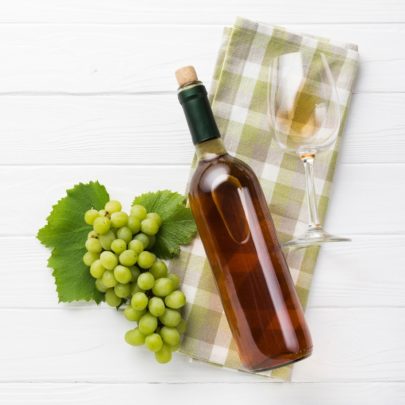
Antao Vaz Wines
In the sun drenched vineyards of one of the most prolific wine production countries in the world, lay the yards…

In the sun drenched vineyards of one of the most prolific wine production countries in the world, lay the yards…
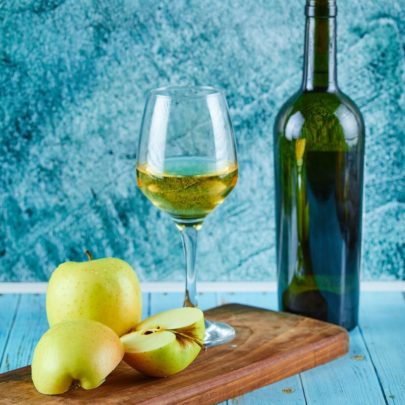
Embark on a captivating journey through the sun-kissed vineyards of Spain as we begin to unravel the captivating story of…
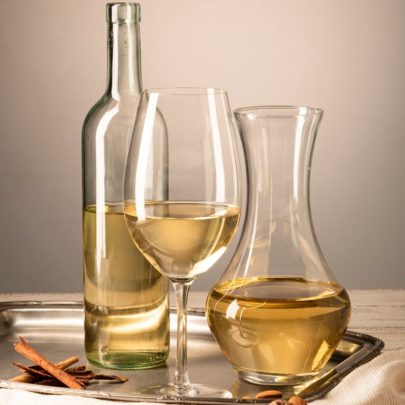
In the sun-drenched vineyards of Portugal, where history whispers through the vines and tradition dances in every single glass, there…
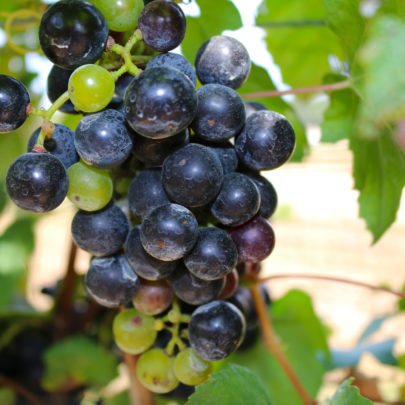
Viognier is a captivating grape variety known for producing aromatic expressive white wine. Originating from the Rhone Valley in France,…
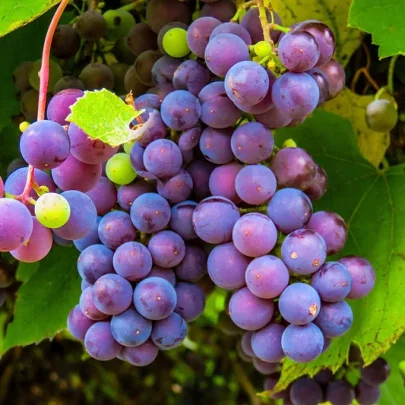
In the world of wine, some varieties sparkle brighter than others, commanding attention with their rich histories and distinct flavours.…